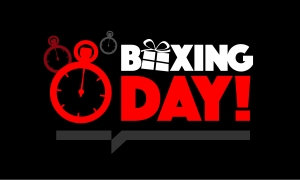Use Unlikely Comparisons as a Teaching Tool

“From turtle doves to lords-a-leaping, the price of the ’12 Days of Christmas’ just hit a record high,” CNN observed in what I found to be a wonderfully effective use of an unlikely comparison to make an important point. In fact, every year, PNC Financial Services publishes the Christmas Price Index, measuring the average change in price for each of the items in the classic Christmas song. The tongue-in-cheek index, CNN explains, is meant “to highlight market changes over time while educating consumers about the economy”.
Years ago, I’d read a review of a band playing at a restaurant near me on Halloween, telling how this band was able to keep the crowd dancing and singing along. The reviewer had mentioned something that I continue to think is good advice for content writers: “It was especially fun to see Tammy dancing with Elvis, and a ladybug dancing with a monster”. To help capture interest, we suggest at Say It For You, put “ingredients” together that don’t seem to match. In fact, suggesting a totally new way of using your product or service may open up new possibilities for that potential customer to do business with you.
“Turns of phrase catch readers by the curiosity,” I realized years ago. Putting ingredients together that don’t seem to match is not only an excellent tool for creating engaging business blog content, but also a good teaching tool. Going from what is familiar to readers to the unfamiliar area of your own expertise, allows your potential customers to feel smart as well as understood.
The caveat though, is that, when it comes to blog content writing, misdirection needs to end up by offering direction; if it’s overdone or too far-fetched, it can come across as “bait ‘n switch”. The unlikely comparison must clarify and help readers get the answers they came to find.
The 12 days of Christmas price index being up again concept sparked my curiosity, but, since turtledoves and French hens are not on my shopping list, the fact they’ve risen in price doesn’t really reflect my own buying patterns. Still, learning that 2023 was the first year in history in which the cost of buying all the gifts in the song passed $200,000 – that got my attention. I was now ready to learn about retail sales, wage growth, savings rates, and consumer sentiment….
Try using unlikely comparisons as teaching tools in your blog posts.





Follow us online!